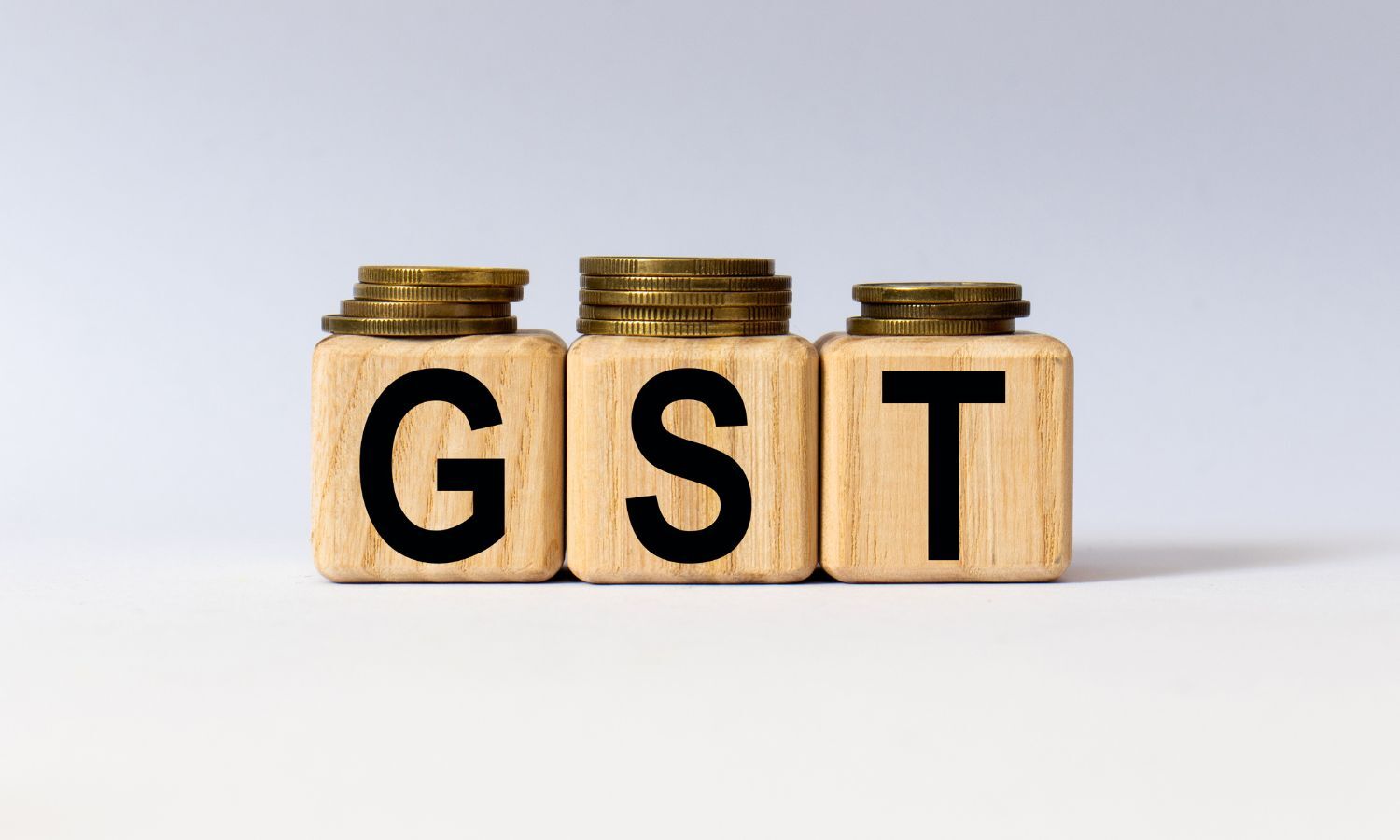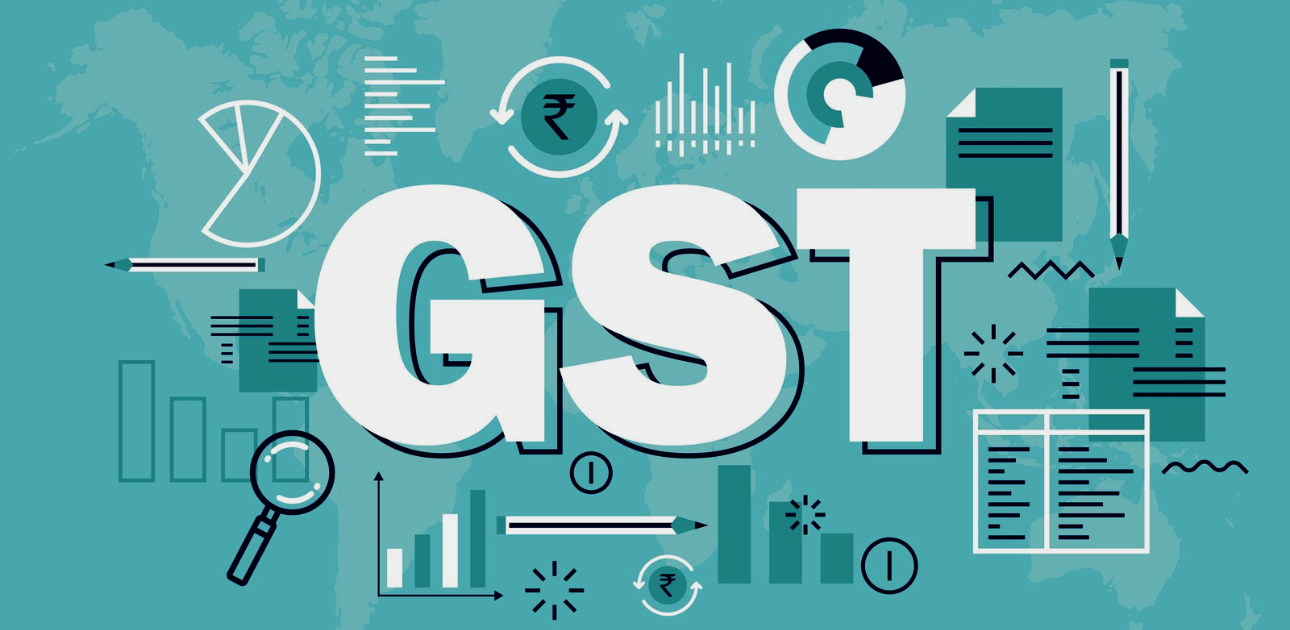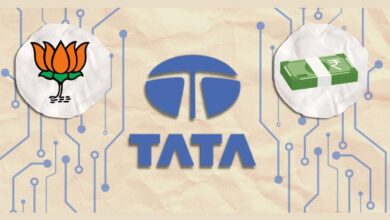Debroy Advocates for a Simpler GST with a Higher Rate in 2023

Debroy Advocates for a Simpler GST with a Higher Rate in 2023
Even though it appears unlikely that the Goods and Services Tax (GST) slabs will be changed before the 2024 general elections, doing so is necessary to raise the weighted average rate to a “revenue-neutral” level, EAC-PM Chairman Bibek Debroy on Tuesday favoured a single-rate tax.
“A GST with a single rate that is revenue neutral (RNR) was considered to be the ideal GST. When it was first implemented, the ministry of finance made certain estimates that indicated that the average GST rate needed to be at least 17% in order to be revenue neutral. The current average rate is 11.4%. Therefore, the GST is costing the government money, according to Debroy.

Recall that in December 2015, a committee led by the then-chief economic advisor Arvind Subramanian calculated the RNR for the Centre and States combined at 15–15.5%, although with a preference for the lower end of that range.
The committee had stated that India should aim for a one-rate system as a medium-term objective in order to facilitate compliance and administration and in line with expanding worldwide practise.
The committee suggested starting the tax with a two-rate system. The largest tax base should be taxed at the standard rate, it stated, “in order to ensure that the standard rate is maintained close to the RNR.”
However, the GST was implemented in July 2017 with a framework that included four major rates, several exemptions, a special rate for gold, as well as extra cessers for commodities with a higher duty rate due to their demerit.
In addition to setting a turnover criterion for firms to enter the tax net, a large portion of the transactions – most notably motor fuels – were excluded from GST. Although the cess is still imposed to pay for loans obtained by the Centre to cover the gap in the cess fund, it was initially intended to reimburse the states for the first five years of GST under a safeguarded revenue structure.

Additionally, since the introduction of the GST, several product rates have been lowered as a result of government efforts to increase demand, particularly during the pandemic time.
While the GST collections were initially substantially lower than anticipated, since FY23 there has been some buoyancy. Everyone wants the 28% tax rate (the highest slab) to decrease, according to Debroy, who added that “no one wants the 0% and 3% tax rates (gold) to go up.”
At the “Special Session on Resilient and Self-Sufficient India,” he declared, “That way, we will never have a simplified GST.” He indicated without going into further detail that “a lot of abuse” was occurring with regard to the GST rules.
The EAC-PM chairman stated that the ultimate objective of tax changes for direct taxes should be the total abolition of all exemptions. Any exemption, he claimed, complicates things, raises the expense of compliance, and encourages lawsuits.
“The government needs revenue if it wants to spend money.10% of GDP must be allocated to infrastructure, 3% to defence, and 3% to health and education. However, we taxpayers contribute around 15% of the GDP in taxes. This indicates that while we pay 15% in taxes, we actually anticipate and demand 23% from the government, according to Debroy.

Bibek Debroy, the noted economist and policy advisor, has recently rekindled the debate surrounding the Goods and Services Tax (GST) in India. Debroy has advocated for simplifying the GST regime and consolidating its multiple rate slabs into a single, higher rate.
This proposition has generated considerable discussion among policymakers, economists, and business leaders alike. This article aims to examine Debroy’s arguments in favor of a simplified, higher rate GST and its potential impact on India’s economy.
India’s GST was introduced in 2017 to unify multiple state and central levies into a single tax. This complexity has resulted in compliance challenges for businesses, administrative difficulties for the government, and often increased the final price of goods and services for consumers.

In a recent seminar, Bibek Debroy suggested the consolidation of the current GST rate slabs into a singular, higher rate. Debroy argues that a singular tax slab would alleviate the complexities associated with the current multi-tiered system and improve the efficiency of tax collection.
His argument, rooted in economic theory, suggests that a singular rate would mitigate the administrative costs for both the government and businesses, ultimately fostering a more favorable business environment.
A singular, higher rate would drastically reduce the complications associated with the current system, making compliance easier for businesses. This could attract more foreign investment and also assist in streamlining domestic operations.
A higher, singular rate could offer more stability in revenue collection. The current system’s variable rates are often subject to gaming and tax evasion. A singular rate would limit the scope for such manipulations.
The existing multi-tier rate system has led to frequent debates over the correct classification of goods and services under different tax brackets. A singular rate would eliminate such discussions, resulting in a more transparent taxation system.
A higher, singular rate could lead to increased prices for basic goods and services, potentially triggering inflationary pressures in the short term.
Flat tax rates tend to be regressive, disproportionately affecting the lower-income groups. This could potentially exacerbate income inequality.

While business leaders have shown enthusiasm for a simplified tax regime, they have also expressed concerns about abrupt changes affecting their operations. On the other hand, some economists caution that a singular, higher rate might not be the panacea it is made out to be, as it could lead to some of the drawbacks mentioned above.
Bibek Debroy’s call for a simpler, higher rate GST in 2023 is an ambitious proposition that has revived discussion on India’s most significant tax reform since independence.
While the concept of a singular rate is appealing for its simplicity and potential to improve administrative efficiency, it’s essential to weigh this against potential inflationary pressures and the regressive nature of a flat tax system.
Nevertheless, Debroy’s proposal offers a starting point for policymakers to critically evaluate the existing GST framework and consider paths toward simplification.

As India aims to become a $5 trillion economy, the debate surrounding GST will remain at the forefront of economic policy discussions. The coming months are likely to see further analysis and discussion on this topic, as policymakers, businesses, and citizens alike consider the future of taxation in India.




